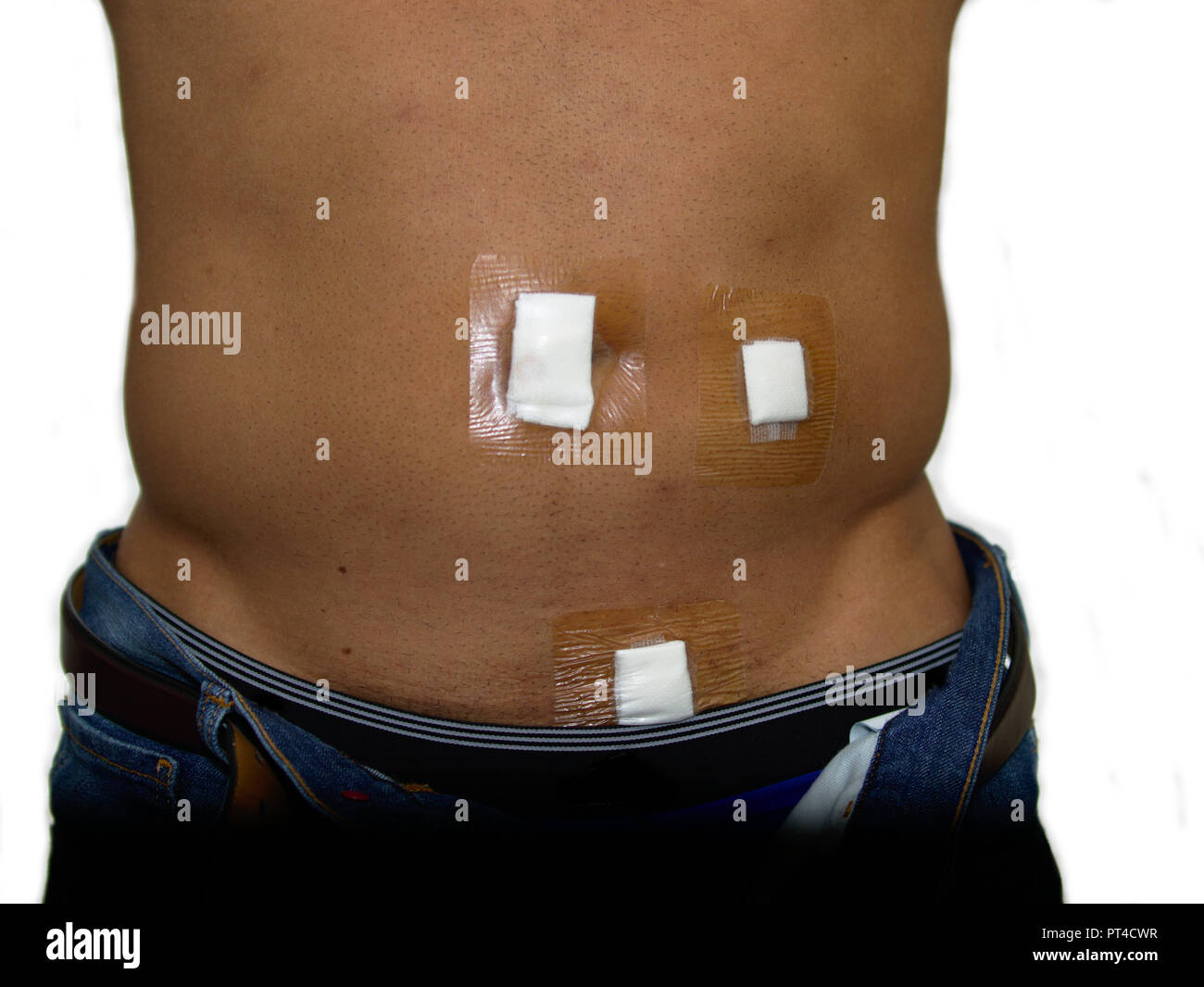Deep Dental Pockets Treatment Options
Treating deep dental pockets is a critical aspect of periodontal care, aiming to prevent further tissue and bone loss, reduce the risk of infection, and promote overall oral health. Deep dental pockets, also known as periodontal pockets, are gaps between the teeth and the gums that are deeper than normal, often resulting from advanced gum disease (periodontitis). When these pockets are deeper than 5 millimeters, they can provide a haven for bacteria to accumulate, leading to inflammation, infection, and potential tooth loss if left untreated. The approach to treating deep dental pockets depends on the severity of the condition, the overall health of the patient, and the specific goals of treatment, which can include reducing pocket depth, controlling infection, and enhancing the attachment of the gums to the teeth.
Understanding Deep Dental Pockets
Before diving into treatment options, it’s essential to understand how deep dental pockets form and the risks they pose. The formation of these pockets is typically a result of poor oral hygiene, allowing plaque and tartar to build up along the gum line. Over time, this buildup causes the gums to pull away from the teeth, creating pockets that can trap more plaque, bacteria, and food particles, exacerbating the condition. If not addressed, deep dental pockets can lead to significant bone loss around the teeth, ultimately resulting in tooth mobility and potential tooth loss.
Treatment Options for Deep Dental Pockets
The treatment of deep dental pockets involves a range of options, from non-surgical therapies aimed at managing the condition in its early stages to surgical interventions for more advanced cases. The choice of treatment depends on the depth of the pockets, the extent of the disease, and the patient’s overall health.
1. Scaling and Root Planing (SRP)
Scaling and root planing is a non-surgical procedure considered the gold standard for treating deep dental pockets. This procedure involves two main steps: - Scaling: The removal of plaque, tartar, and bacteria from the surfaces of the teeth both above and below the gum line. - Root Planing: Smoothing the root surfaces of the teeth to prevent bacteria from accumulating and to promote healing.
Scaling and root planing can be performed under local anesthesia to minimize discomfort and may require multiple visits depending on the extent of the disease.
2. Antibiotics and Antimicrobials
In cases where infection is present, antibiotics or antimicrobials may be prescribed to control bacterial infection. These can be systemic (taken orally) or local (applied directly into the pockets), depending on the severity of the infection and the patient’s health status.
3. Laser Treatment
Laser therapy is a modern approach to treating deep dental pockets. It involves using a laser to remove diseased tissue and bacteria from the pocket, reducing its depth and promoting healing. Laser treatment can be less invasive than traditional surgery and may result in less discomfort and faster recovery times.
4. Surgical Pocket Reduction
For deeper pockets or in cases where non-surgical treatments are not effective, surgical intervention may be necessary. Surgical pocket reduction involves folding back the gum tissue to remove infectious tissue and bacteria, and then securing the gum tissue back in place closer to the tooth, thereby reducing the pocket depth. This procedure can help prevent further disease progression and facilitate easier oral hygiene practices.
5. Regenerative Procedures
In cases where deep dental pockets have resulted in significant bone loss, regenerative procedures may be employed to rebuild the lost bone and tissue. These procedures involve the use of bone grafts, tissue-stimulating proteins, or other materials to stimulate the body’s natural healing processes and regenerate lost tissue.
6. Maintenance and Follow-Up
Regardless of the treatment approach, regular follow-up appointments with a dental professional are crucial. These visits allow for the monitoring of pocket depth, the assessment of treatment effectiveness, and the implementation of any necessary adjustments to the treatment plan. Additionally, a rigorous home care routine, including proper brushing and flossing techniques, is vital for maintaining oral health and preventing the recurrence of deep dental pockets.
Future Trends in Treatment
The field of periodontics is continuously evolving, with ongoing research into new treatments and technologies that can improve outcomes for patients with deep dental pockets. Advances in laser technology, the development of new biomaterials for tissue regeneration, and a deeper understanding of the genetic and environmental factors contributing to periodontal disease are expected to play significant roles in shaping future treatment options.
Conclusion
Treating deep dental pockets requires a comprehensive approach that addresses not only the symptoms but also the underlying causes of the condition. By understanding the various treatment options available, from non-surgical therapies like scaling and root planing to surgical interventions and regenerative procedures, individuals can work closely with their dental care provider to develop a personalized treatment plan. The key to successful treatment lies in early intervention, rigorous adherence to treatment recommendations, and a long-term commitment to maintaining good oral health practices.
What are the signs and symptoms of deep dental pockets?
+Signs and symptoms can include bad breath, swollen or red gums, bleeding gums, especially after brushing or flossing, loose teeth, and visible pus around the teeth and gums. However, some individuals may not experience noticeable symptoms until the condition is advanced.
Can deep dental pockets be prevented?
+Yes, prevention plays a crucial role. Regular brushing and flossing, along with periodic dental check-ups for professional cleanings and evaluations, can significantly reduce the risk of developing deep dental pockets. A healthy diet, avoidance of smoking, and limiting sugary and acidic foods and drinks also contribute to good oral health.
How long does it take to recover from deep dental pocket treatment?
+Recovery time varies depending on the treatment method. Non-surgical treatments typically have a shorter recovery period, often just a few days, while surgical treatments may require several weeks to a few months for full recovery. Following post-treatment instructions provided by the dental care provider is essential for minimizing discomfort and ensuring proper healing.



